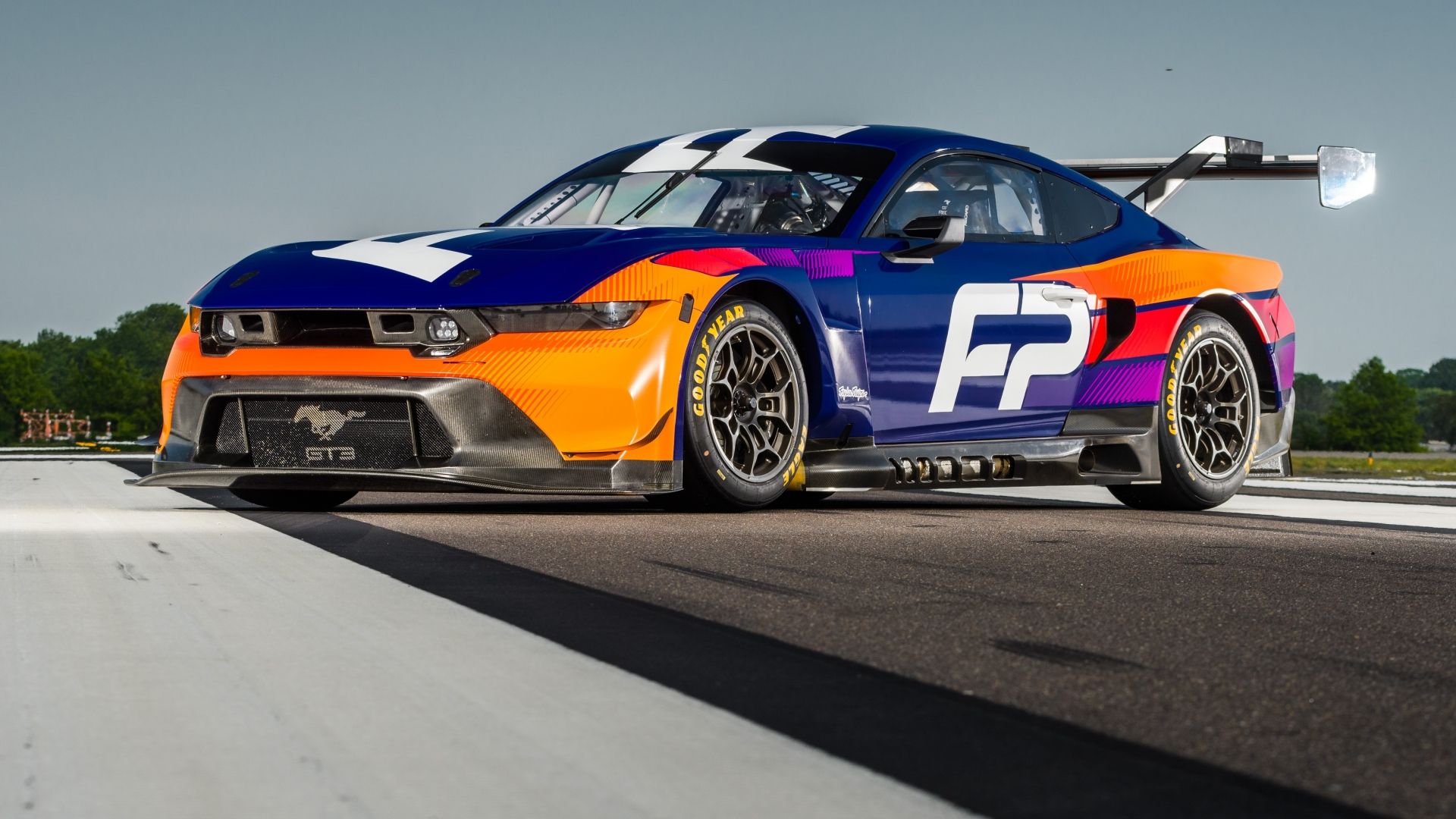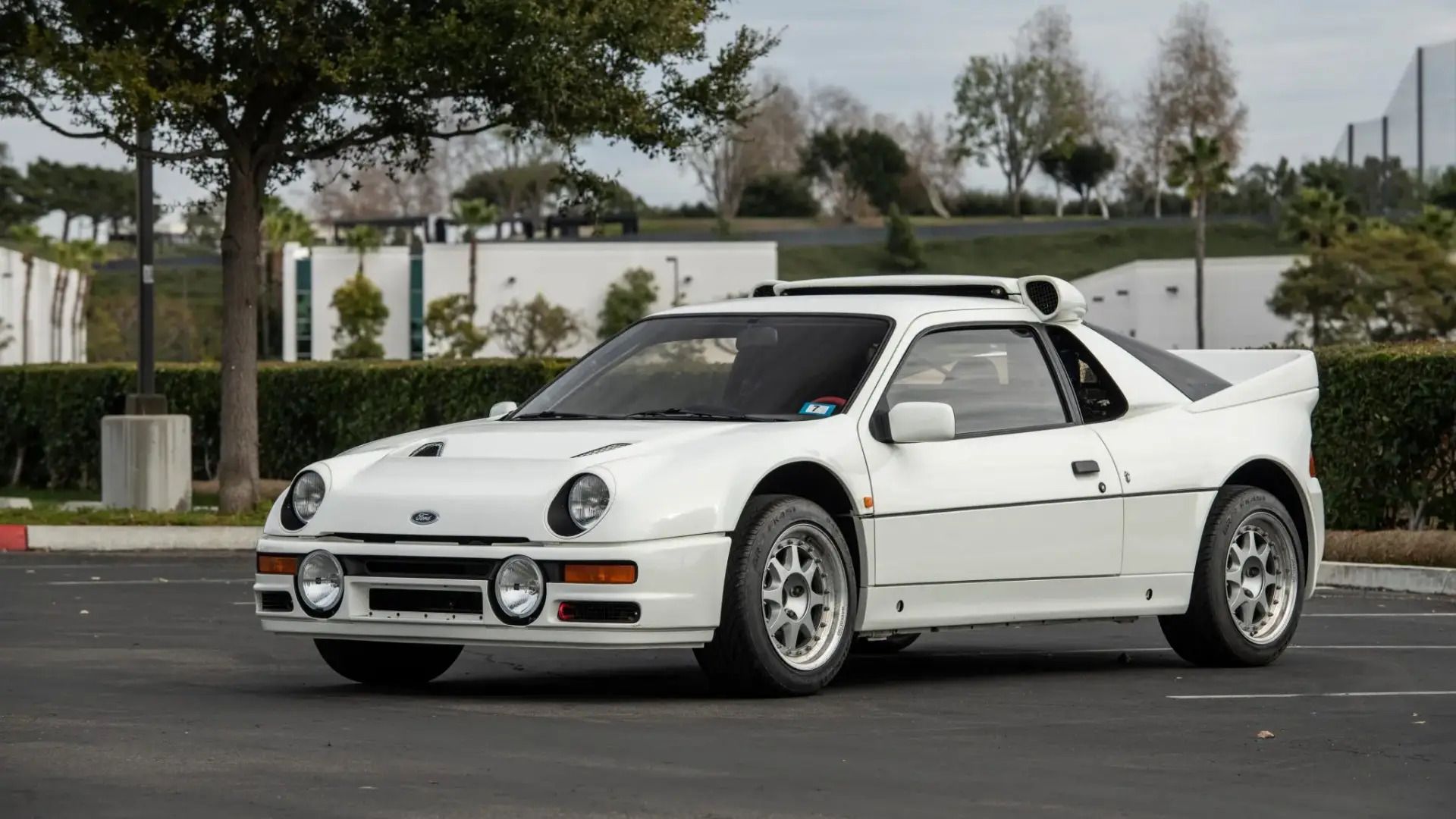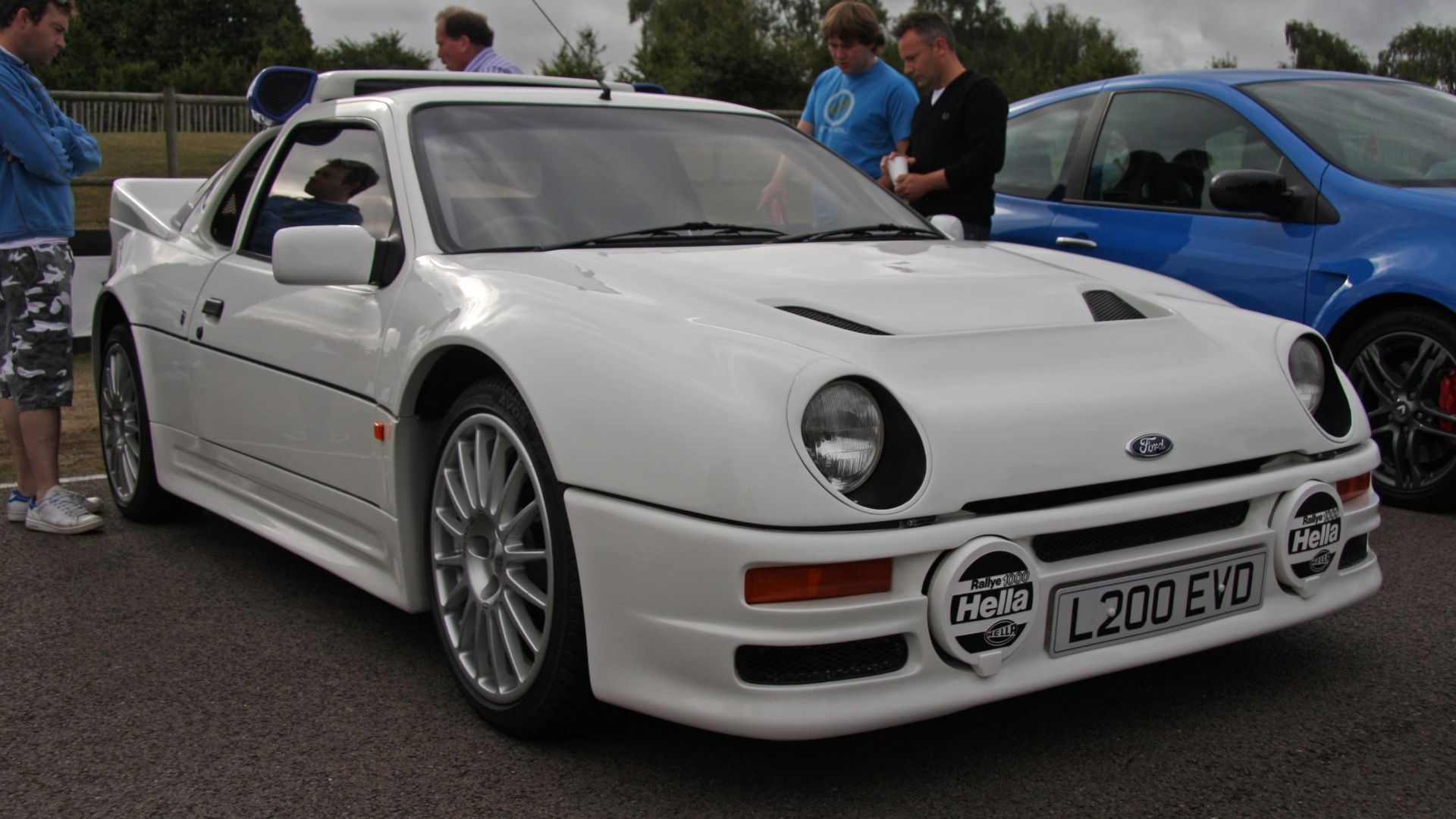Summary
- Ford’s unique patent reveals a visionary natural active suspension system and centerless wheel design for future vehicles.
- The design’s versatility makes it a potential game-changer in personal and public transportation, opening doors to innovative vehicle types.
- Practical challenges may delay large-scale production, but Ford’s commitment to exploring cutting-edge technology remains evident.
The editorial team at our sister site, Carbuzz, have stumbled upon a recently filled patent by Ford that tells of a unique, and futuristic, natural active suspension system and centerless wheel design. The patent not only details the way in which this design’s advanced components work in concert, but how exactly they could be utilized in the modern world. Though maybe years away from actual consideration, the patent shows Ford’s commitment to exploring various avenues on the path to automotive advancement.
An interesting area of the patent description mentions that traditional coil spring suspension and leaf spring could be a viable inclusion in the design that would make the active suspension with a centerless wheel more versatile. This is big in terms of future transportation, as this particular design could potentially change the face of personal and public transit, with the various embodiments of the original design opening doors to various vehicle types employing the system.
Ford has given no specific timeline regarding the production of this futuristic idea, and may not for a while, as some of the technologies employed in the design aren’t practical in terms of large-scale production. However, with the future coming fast, more and more technologies make their way into mainstream applications every day. This gives many enthusiasts hope that the centerless wheel, as well as other sci-fi-esque automotive ideas, may soon be reality.
Ford Isn’t The First To Consider Centerless Wheels, But The Recent Patent Could Make Them The First Mass-Producer
The image of a centerless wheel is straight out of a sci-fi film, but the idea has been around for a while. While not often found on cars or passenger vehicles, the centerless wheel can be observed on custom motorcycles and scooters around the world. Though it should be mentioned that these designs usually employ a chain-and -sprocket or gear setup. This is where the Ford patent begins to raise eyebrows.
The patent Ford Global Technologies LLC filed described a natural active suspension assembly that employs an electric motor and housing connected to the inside rim of the centerless wheel.
This electric motor acts independently, making torque adjustments on the fly in order to react to various road conditions, including bumps and depressions (potholes). Located on all four wheels, each motor connects to a suspension arm via a motor shaft, which then connects to the chassis.
The suspension articulation is a key factor in the viability of this design, as the independent active suspension is already a working concept. This patent hopes to advance current technology by allowing an increased range of motion, more reactive adjustments, and overall better performance and traction. An ingenious system of reactive torque exudes a sense of Yin and Yang, as the give and take of the active suspension against the torque adjustments should, theoretically, provide seamless ride quality.
The Complicated Inner Workings
We’ll try and keep this explanation as understandable as possible, but please be warned, it’s going to get technical. The hubless wheel is actually a centerless wheel. The hub is present, it’s just not located at the center of the wheel assembly as with traditional wheels, and it’s not a traditional hub. This new electric motor hub houses the wheel rim engagement components which apply toque to the rim, which then rotates the wheels and moves the vehicle.
This motor hub is then connected to a suspension setup via a motor shaft. As mentioned before, the suspension components are up for debate, as coil spring, leaf spring, and helical spring are all viable options depending on the vehicles purpose and environment. The example that was expanded upon in the patent description was a cantilever-style suspension. In this model, the electric motor hub’s shaft connects to the “fixed” end of the cantilever beam, while the opposite end connects to the chassis of the vehicle. Regardless of the suspension style employed, each naturally active setup will operate independent of the vehicle body.
The Cantilever Suspension Theory
While this may not seem to be the most comfortable setup when compared to the coil spring and helical spring, the patent describes the process in which the cantilever suspension begins to make sense. It begins by describing “reactive torque”, which refers to the individual motors’ applied force to the wheels when encountering uneven road conditions, as well as the suspension’s applied torque to the cantilever’s support position located on the chassis. This system is designed to maintain a set distance between the ground and the vehicle chassis, which is also referred to as the nominal support position, or equilibrium.
Simply put, the suspension pushes back while the motor applies more torque to whichever wheel encounters a road obstruction.
This setup incorporates a reactive system where, if the wheel experiences any vertical displacement relative to the nominal support position, the suspension will react by applying torque to the motor’s shaft, which will return the vehicle to its equilibrium. This action will ultimately change the position of the wheel motor hub relative to the equilibrium, which will then force that individual motor to apply torque to the wheel rim engagement components. Simply put, these two systems work to counteract each other’s displacement and keep the vehicle leveled, providing smooth ride quality.
Could We See This Concept Employed On A Wider Scale?
The intricacies and pure math involved in making this system successful relies on controlled testing. Real world implementation could result in complicated malfunctions and even more complicated solutions. So, as for seeing this new suspension and wheel setup on the next Mustang, don’t bet on it. Though it’s not out of the realm of imagination to speculate that a different technology or advancement could come from the natural active suspension and centerless wheel design, as the suspension and electric wheel motor setup may be useful outside the patent parameters.
For example, the patent states that the active suspension design could be employed in modern combustion vehicles as well as hybrid and battery-electric vehicles.
These suspension setups, which could include a coil spring, leaf spring, or helical spring, could omit the centerless wheel concept in favor of a more practical use of the natural active suspension. This would potentially relocate the motor and wheel rim engagement components, and eliminate the futuristic aesthetic. However, the suspension alone could prove to be an advancement waiting to come to fruition.
Another application that comes to mind is Ford’s track racing vehicles. As the main worry behind the natural active suspension design is the unpredictability of real-world road conditions, a controlled environment would be the ideal playground to employ this new advanced system. Plus, formula cars and high-performance motorsport vehicles would benefit most from the added traction and performance provided by the suspension, possibly expanding the sport and elevating safety simultaneously.
Concept Background
The patent begins by expressing the need for updated suspension systems. It reminds readers that the independent suspension systems found in most modern cars have remained unchanged in overall application since first employed. While independent suspension has undergone numerous advancements, the inventor of the natural active suspension assembly patent, Larry Dean Elie, believes a complete overhaul is needed to truly usher in the next evolution of automotive design, or at least suspension design. Larry is confident that, if utilized effectively, this system will extract better performance out of the vehicle.
Ford’s Future Plans
While on the subject of the Blue Oval’s recent patent fillings, they recently filled the patent for their 1980s rally racer, the RS200. Insiders have thrown out speculation as to what this particular patent filling could mean, with most arrows pointing to Ford just protecting a past icon’s name. However, some speculation posits that Ford could be planning a revival or reintroduction in some way shape or form.
A popular theory revolves around the RS200 name being reintroduced as a trim level on a current Ford model, more specifically, the Mustang Mach-E crossover. This theory gained traction due to Ford design heads mentioning that Ford wanted to bring back names of the iconic past names with new models. Another path some speculation has taken posits a new limited-production supercar based around the past RS200’s insane performance.
While it may be reaching, these two patent fillings could make for a seriously intriguing model, as the past RS200 boasted superb control and performance ability. The natural active suspension and centerless wheel patent expresses the performance enhancements it could provide. Would it be impossible to speculate that Ford utilizes the natural active suspension on a brand new RS200? More than likely, yes.
In theory, the natural active suspension design is a leap in the right direction. And it may be. However, the current automotive landscape isn’t prepared for a leap of this distance on a large scale. As stated before, the intricate design and components could make for a hairy situation if failure occurs. This concept may be a few decades ahead of its time, though we’ll keep our eyes open for centerless wheels on new model Fords.








